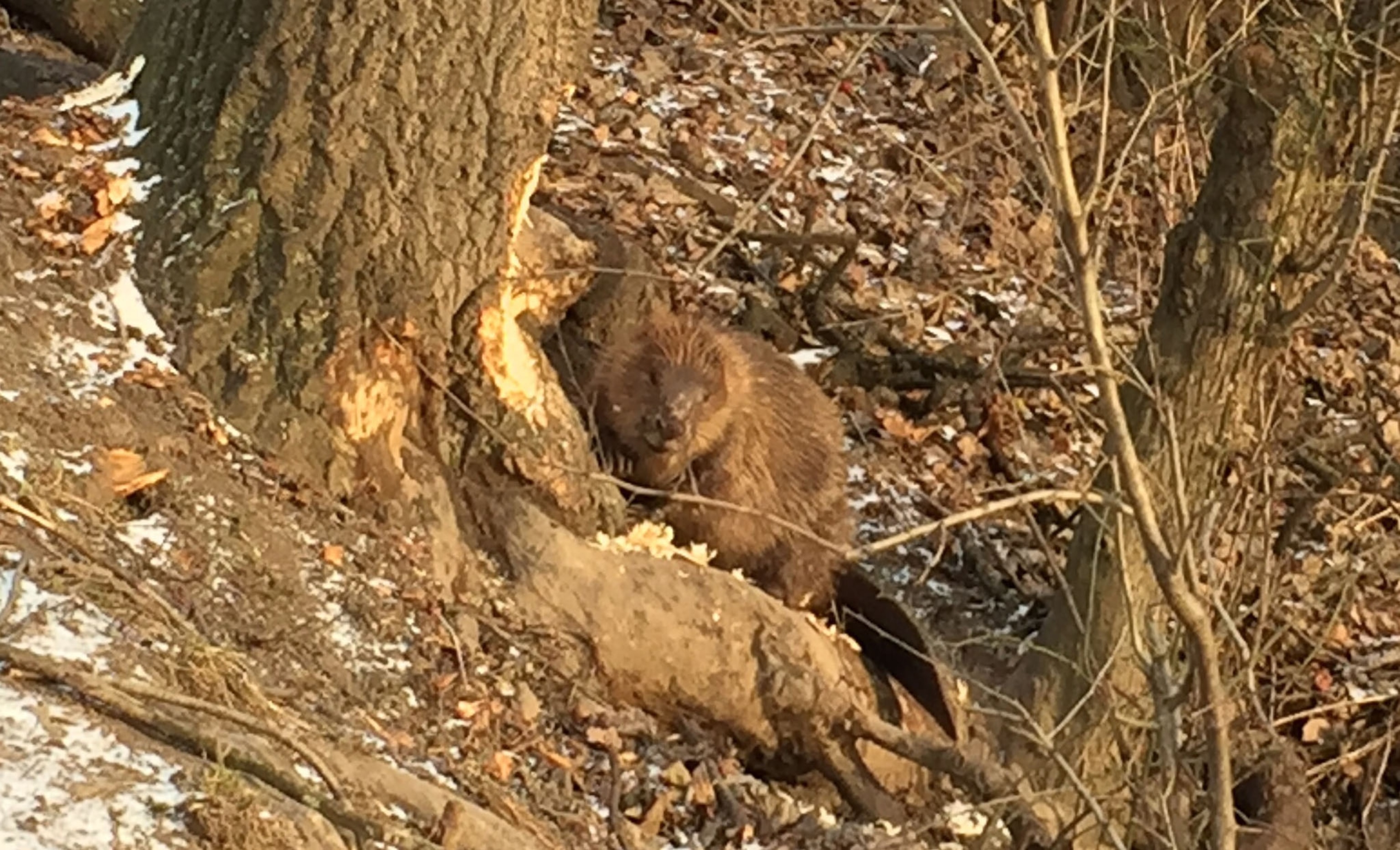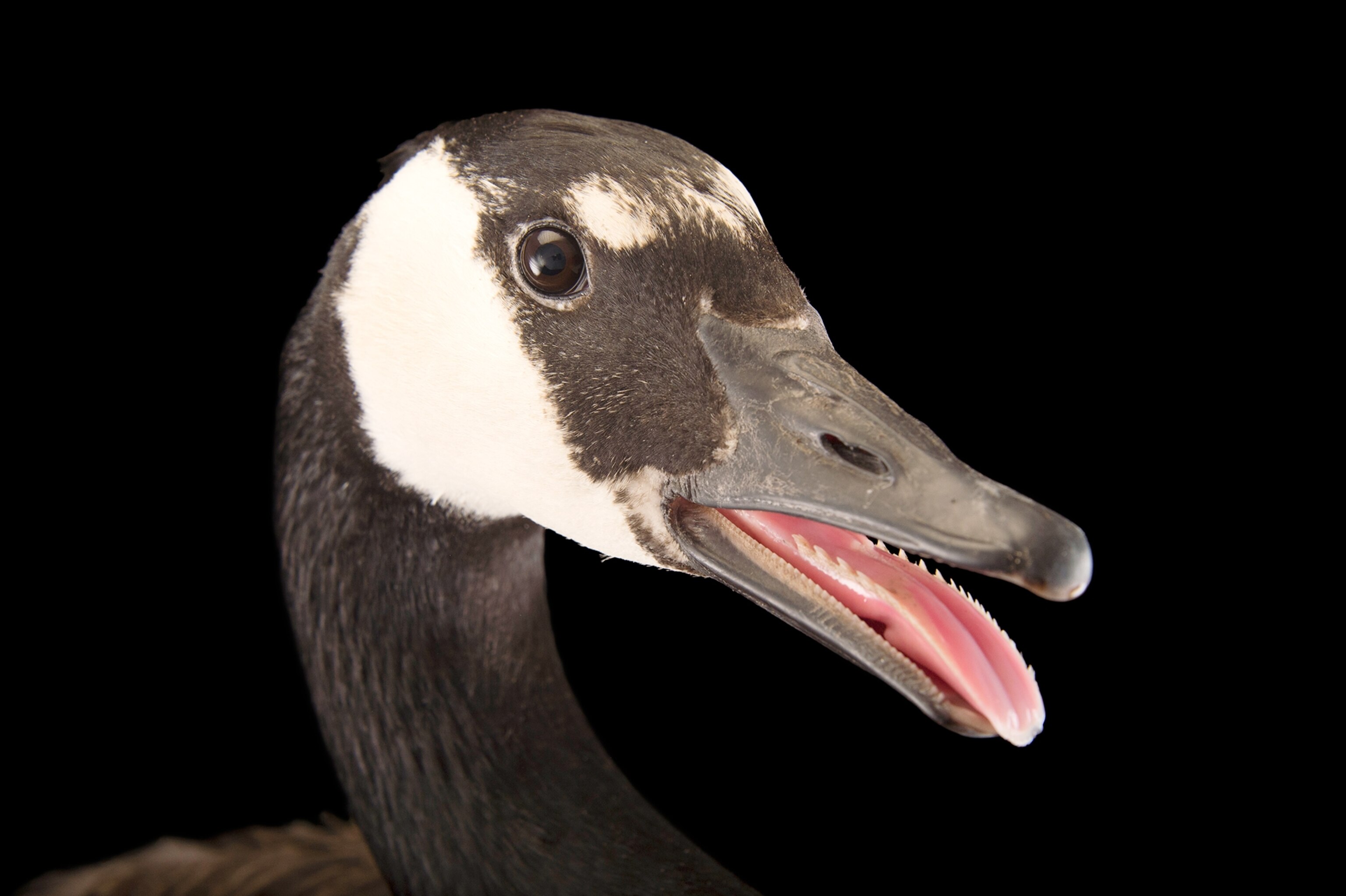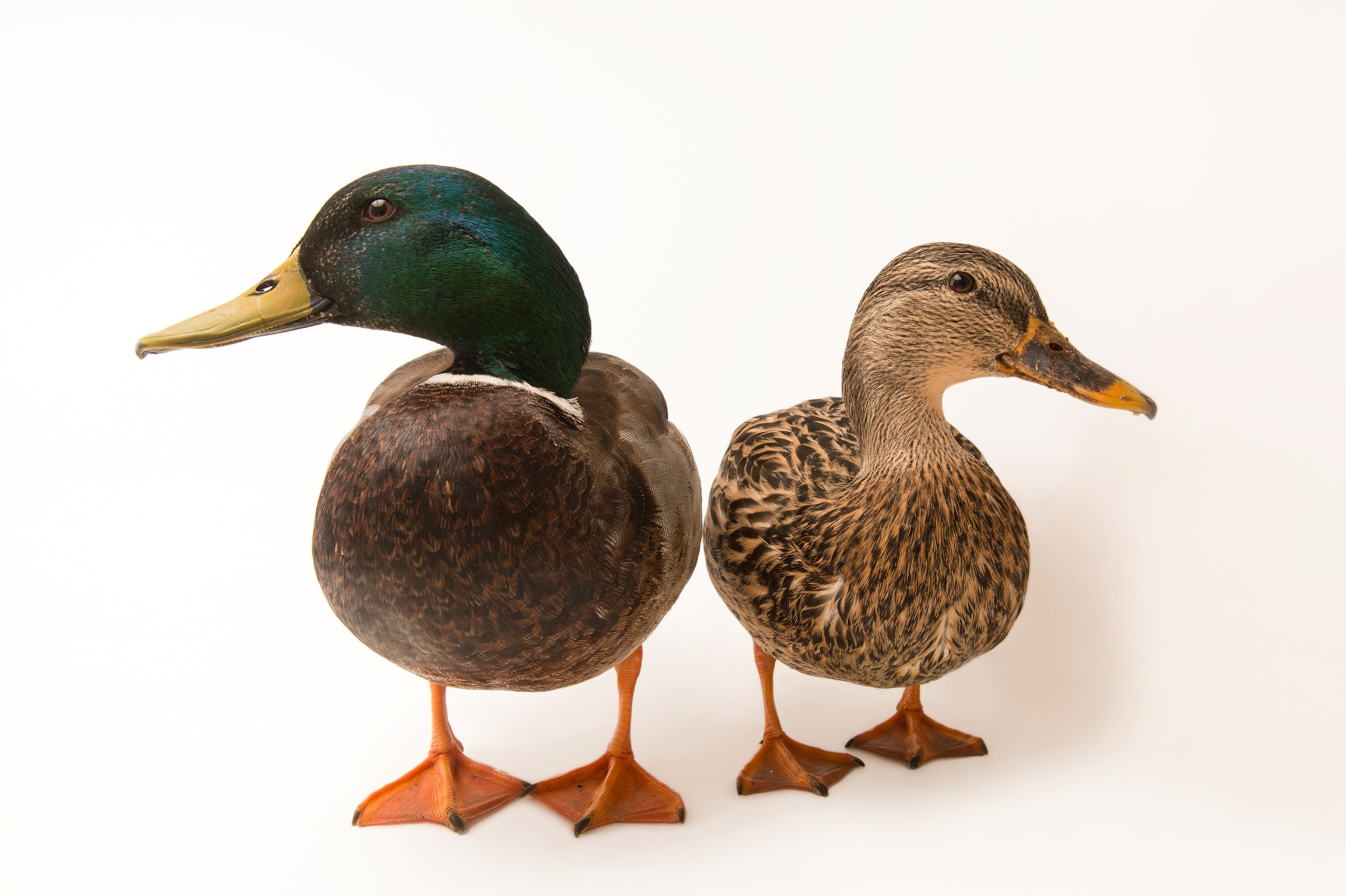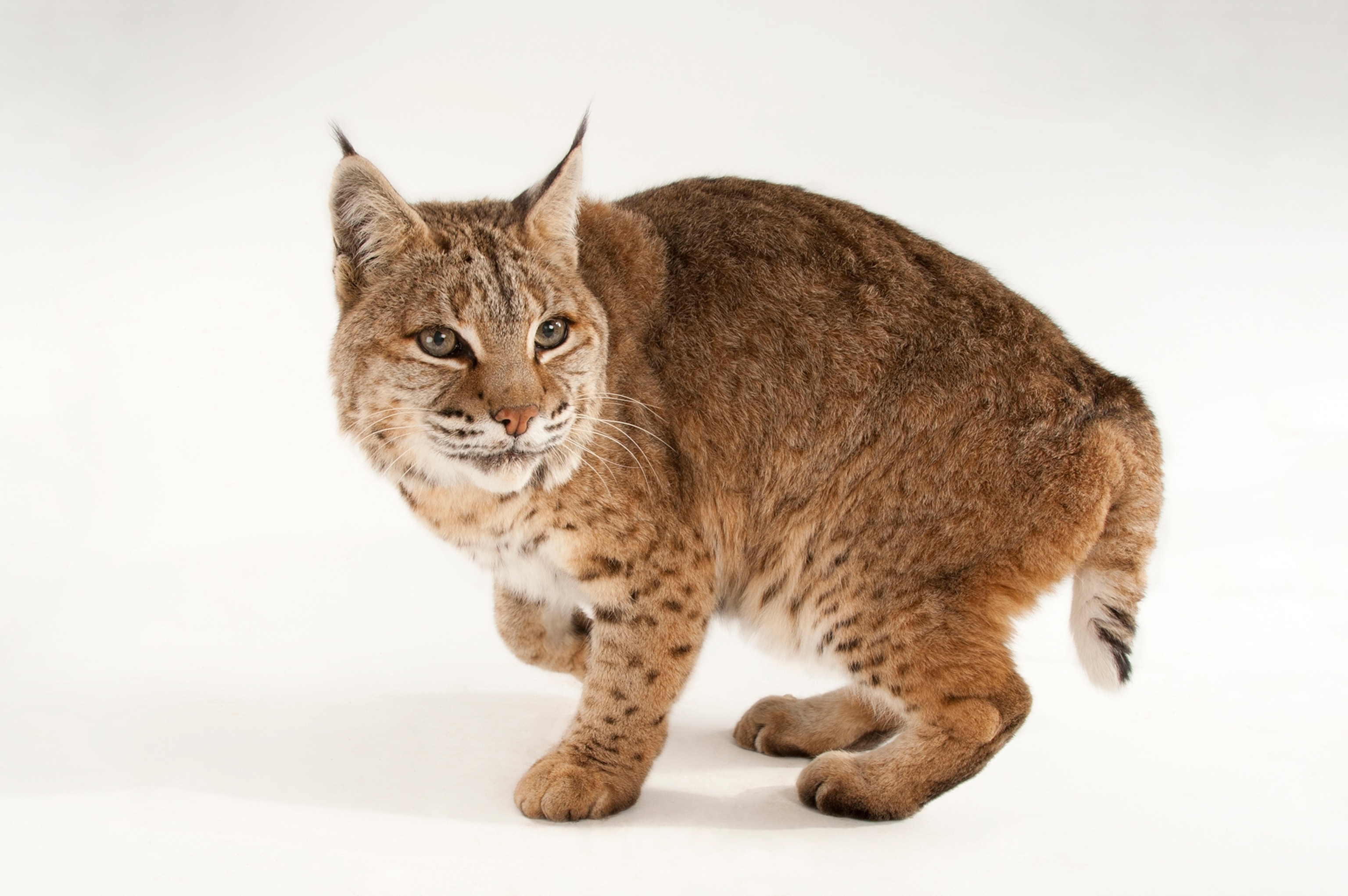
Beavers Returning to Sweden's Capital Can Be a Dam Nuisance
Extinct in Stockholm less than a century ago, the rebounding rodent is damaging the city's trees—and at the same time charming locals.
STOCKHOLM, Sweden — Stockholm may be best known as the home of ABBA and Alfred Nobel, but a newcomer is also leaving its mark on the city.
Walking along the Swedish capital's famous shores and canals, you can see its presence in the gnawed trunks of large willows, surrounded by fresh wood chips, and the stumps of damaged trees cut down with chainsaws.
The Eurasian beaver is back.
Thanks to a total hunting ban that lasted until the late 1970s and Sweden’s beaver-friendly habitats, the species has reclaimed most of its former territory.
Across Sweden, more than 130,000 beavers roam, and the species is considered "of least concern" by the International Union for Conservation of Nature. (Also see "Beavers Are Mysteriously Back in Britain—but Not Entirely Welcome.")
There are now around ten beaver lodges—the animals' multichambered wooden homes—in and around Stockholm, where the industrious mammals often draw crowds of smartphone-toting admirers.
One of them is Magnus Skagerfält, who saw his first beaver swimming near Drottningholm Royal Palace last year. (Watch a video of the beavers in Stockholm.)
“I knew there were beavers in Stockholm, but it was still a surprise,” the 51-year-old says with a smile. “You don’t think of them as urban animals.”
Not long ago you could only find small populations of European beaver in remote forests, survivors of centuries of hunting that nearly killed off the species. By the early 20th century it was among the world’s rarest creatures: Just 1,200 or so were left in Europe and Asia.
In Sweden, the number was zero, with the last known beaver killed in 1871.
Last Stand
Records indicate that the species had disappeared from the Stockholm area by the 1790s, says Göran Hartman, an ecologist at the Swedish University of Agricultural Sciences in Uppsala and a beaver expert.
In 1922, scientists released a pair of beavers from Norway into Jämtland, a region in central Sweden—one of the world’s earliest wildlife-reintroduction programs. Hartman calls it “one of the most successful reintroductions ever. We should be proud and happy that we succeeded.”
More than 200 years later, on January 12, 1997, people saw beaver tracks in the snow on Årsta Holmar, a small, leafy island near the heart of the city. Before long, the animals had built a lodge.
“Beavers have been active on the island since the 1990s, and Årsta Holmar has the most central lodge that I know of, so it could be one of the sources of the [Stockholm] population,” notes Gunilla Hjorth, an ecologist at Stockholm’s Environment Administration.

Though the furry urbanites had an ideal base to explore the city, it took decades for them to get established in Stockholm.
“From the late '90s to 2011, we didn’t see very [many] beavers … about three or four a year in the whole Stockholm area,” says Tommy Tuvunger, who, as Stockholm’s viltvårdare, or game warden, is tasked with keeping tabs on the city’s wild residents.
In the last four years, “the population has exploded."
Urban Pests
But the beaver boom has a negative side: The rodents have done extensive damage to the city's trees.
These teeth-carved trees are a safety risk, especially in a city with so much green space.
“People are going there with small children, walking dogs, jogging,” Tuvunger says, adding that a gust of wind could bring a weakened tree down on someone.
In addition, there have been two reports of beavers biting people in Stockholm—one of which occurred after a man took a picture of the animal with his phone.
In their efforts to keep the public safe, Tuvunger and his colleagues have shot about 10 beavers over three years. (See "Killing Wildlife: The Pros and Cons of Culling Animals.")
“Keeping a very low profile, we use silencers, so the public don’t know what were are doing,” he says.
Balancing Needs
In Sweden, authorities only regulate hunting of protected and big game species, such as moose and bear. The beaver, now that it's so widespread, isn't protected.
"With the smaller animals, [hunting strategy is] more sloppy," says Ola Jennersten, a biologist at the nonprofit WWF Sweden.
Since landowners—in this case the city of Stockholm—own hunting rights to kill animals on their property, it's up to them to create their own management plans, he says. And sometimes their record-keeping—for instance, how many animals they've shot—can be off.
“I didn’t know [about the beaver cull]," he adds, "but I can imagine that you need to take away some individuals if they cause too much harm.”
According to game warden Tuvunger, "The only plan I have is to keep the population in balance with what nature can handle.”
“We do the same with every wild species in Stockholm, because the urban animal doesn’t have any natural predators. Yes, it’s very sensitive, like when we shoot the rabbits, but [with] ordinary pests like rats, [it's] no problem.”
Hard Decisions
So far, the surreptitious beaver killings have not generated much controversy.
Skagerfält, as a typical, beaver-friendly Stockholmer, can see why numbers may need to be controlled.
“There are tall trees all along the shore paths, so I can understand."

But, he asks, couldn’t the nuisance beavers be relocated instead of killed? (Also see "Mr. Badger Should Be Worried: Britain Ponders a Cull.")
Hartman points out there aren't a lot of options for relocation.
"Being very territorial animals, it’s not so easy to release them in areas where there already are beavers. It could end up with them being beaten up by the local beavers.”
Of the 130,000-plus beavers in Sweden, 8,000 to 9,000 are culled annually by hunters anyway, so it’s hard to make a special case for saving those living in the capital, he says.
Another alternative, WWF's Jennersten says, is to put a fence around the nicest trees—though that's an impractical solution on a wide scale.
Comeback Kid
It's not surprising that Stockholm's beavers have bounced back, the experts say.
"Beavers are like all rodents—they are really good at reproducing. If they have a good environment and good opportunities, they do well," Jennersten says.
If the sight of Castor fiber swimming around in central Stockholm is the ultimate proof of success, Hartman is heartened by this latest chapter in its comeback story.
“We’ve been waiting for the beavers to come,” he says. “We knew that in due time they would colonize all suitable areas in Sweden.”
James Owen, a journalist in Sweden, is author of the book Trout.

















